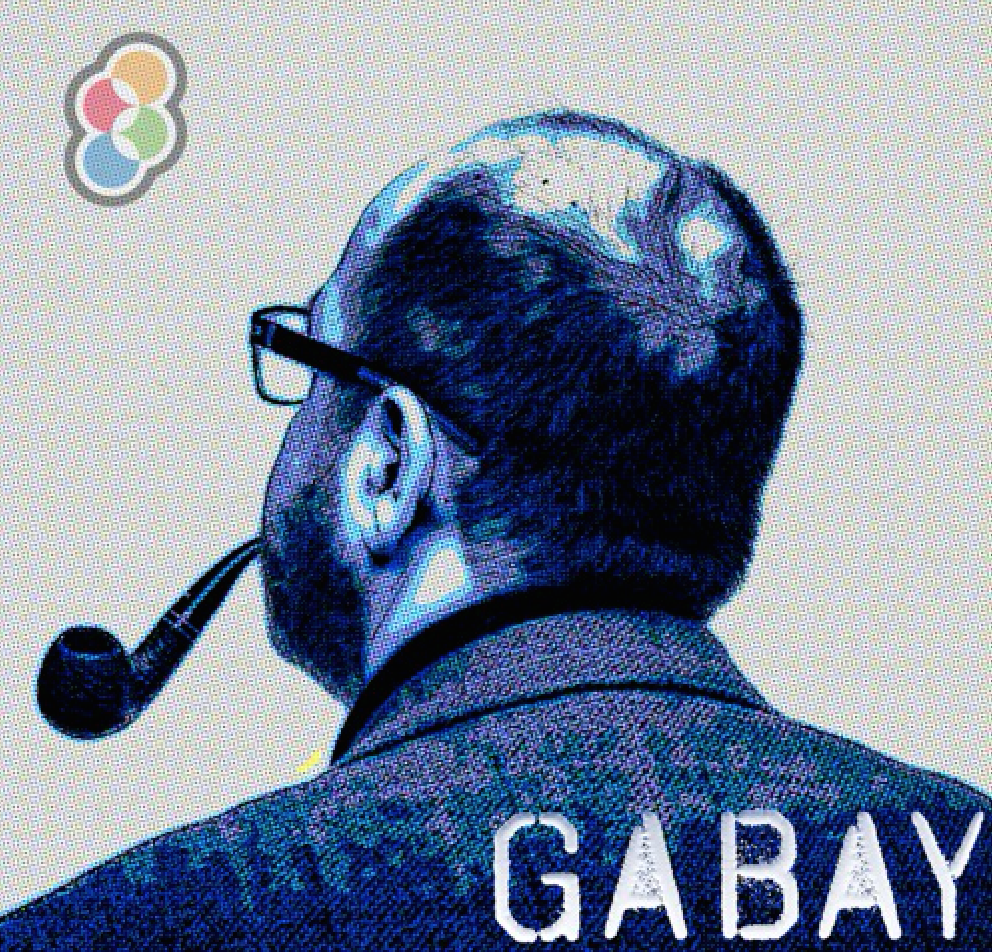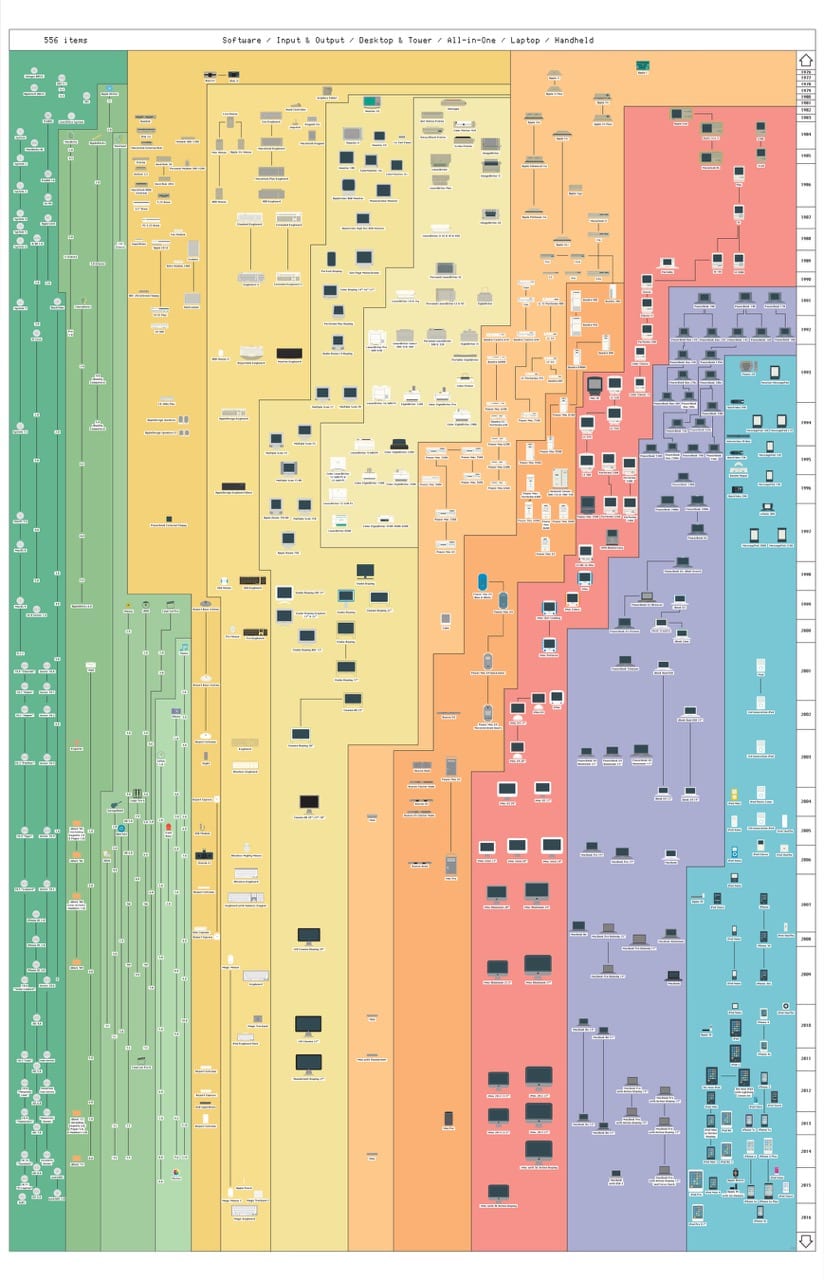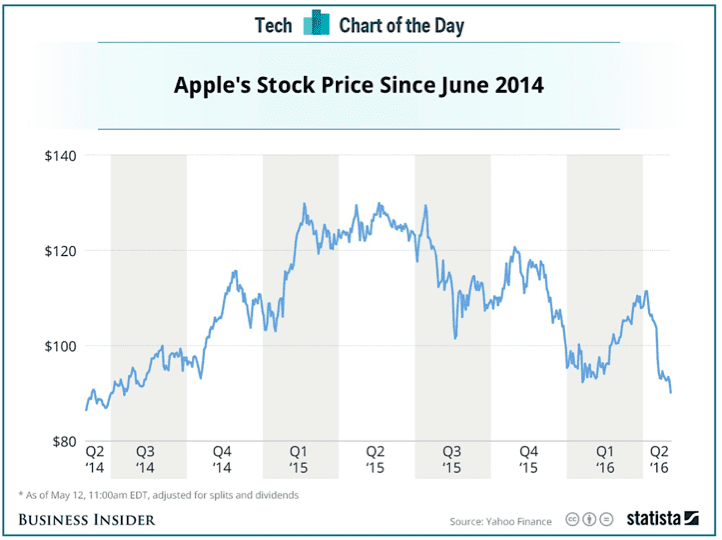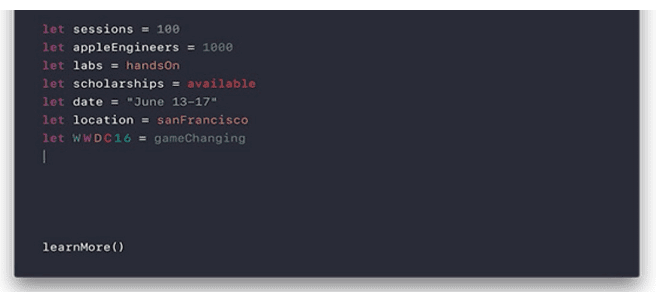Marketing Lessons from How Apple became the Dad’s brand and the kid’s choice
Ah th e good old days. Aged in my twenties, I must have looked like a prat lugging my arm-breaking Apple computer – simply to demonstrate I was so out (from the conventional crowd) that I was ‘in’.
e good old days. Aged in my twenties, I must have looked like a prat lugging my arm-breaking Apple computer – simply to demonstrate I was so out (from the conventional crowd) that I was ‘in’.
Everything about Apple was different. Especially its marketing. In 1984 the brand ‘disrupted’ the American Superbowl showcasing an ad predicting armies of former independent thinkers who had turned into insipid automatons, eyes fixed and living in a dystopian ‘ Big Brother society.
In terms of futurology, the Cupertino brand got it right about people’s heads down to their their chests and thoughts high in data clouds and the surveillance observation via ‘Big Data’. However rather than feeling under duress to submit every private thought, thanks in part to Apple’s lifestyle messaging (focusing on design, distinctiveness, smartness and sophistication), for four decades consumers have gladly clicked, swiped, carried and worn everything and anything featuring the Apple logo.
As a brand, Apple encourages people to feel left behind in the peer admiration stakes.
It exploits ‘group-think’ consumer Athazagoraphobia by marketing tech which regularly redefines looks, style, power, or a combination of all three.
It clearly works. Apple is consistently cited as the richest, most influential personal tech brand of all times. According to Forbes magazine in 2015, Apple’s brand value was $145.3 billion. (Within its metrics, Forbes takes into account price-to-earnings ratios and the importance of brand within its sector).
Over four decades Apple has established itself as a grand master in the dark arts of temptation and conjuring up coveted products. Apple devotees rack up credit card payments not just for practical reasons, but perceived value based on the magician’s refrain, what you get is not all that you see. (The mind sees clearer than eyes).
Forty years of (mostly) beguiling products (Don’t mention the ‘E-Mac’)
That marketing refrain has been core for Apple; especially in the face of tough competition. For example, Samsung which has long produced components for Apple. (Some argue Samsung’s range is at as least as good, or even better than the iPhone portfolio). Then there’s the annual new kid on the block. Most recently, Huawei, which brand positions itself as an affordable, unlocked solutions provider in the US. As well as of course the ever-exasperated Microsoft.
Apple dominates a consumer tech industry where brand matters - Well that was at least until the first financial quarter of its big fortieth anniversary.
In May 2016, Apple’s 13-year run of quarterly growth fell to earth with a thump. The tech giant reported revenue down by 13%. (A share price cut of some 30% from its all-time peak only twelve months earlier).
At one point, Google’s ‘Alphabet’ Stock overtook Apple with shares touching a record high of $810.35 a piece. (Google became a division of the newly formed Alphabet in 2015).
Google came second in one of Forbe’s global brand surveys. Its brand value was $82.6 billion, representing a rise of 26 percent over 2015. (Apple's brand value increased by only six per cent.) Microsoft came third and Facebook came fifth.

The rise and rise and dip of Apple
Before long bloggers were flaming away about lower than expected iPhone sales. Numbers were put down to cellphones becoming essential, rather than exciting. Blame was also laid at the door of Android’s wider reach. Then there was the less than ground-breaking style of the Apple Watch (generation one).
Initially Apple Music delivered a lack-lustre performance. Addressing this, in May 2016, Apple redesigned the software’s interface, adding 3D touch support for previews, enhanced content search bug fixes and better searching for lyrics. The brand was also rumoured to be looking at launching group, rather than one-off streaming ‘radio channels’ under its Beats (headphones) brand).
Endless bickering surrounded markets in China and India. In the former’s case there was even a Chinese leather goods brand taking Apple to court over the trade name ‘iPhone’).
Apple saw India as a good market to sell officially reconditioned iPhones. However, India’s government was insulted by the presumption that its people should have ‘cast-offs.”
Battles were fraught, fierce and endless…
Yet, despite it all, as we approach the much heralded Apple WWDC event in June 2016, it is interesting to note that Apple has managed to not simply to keep consumers within in its ecosystem, but traverse generations.
Apple, now in its forties, is assumedly on track for the usual mid-life crises. Surely, Millennials would reject the brand as a ‘dad thing’, yet even grandads (and grandmas) are pretty keen. (Then again, with live during an era that in the American Presidential election, the young have taken to Bernie Sanders - and he’s in his seventies!)
A Spring 2016 survey by Piper Jaffray, revealed seventy five per cent of American teens expect their next cell to be an iPhone. Fifty per cent said their next tablet would be an iPad, with a further 13% going for the iPad Mini.
“The chance to make a memory is the essence of brand marketing,”
STEVE JOBS
Part of Apple's success is its instinct to understand what makes people feel good. The brand has autos and even more intuitive apps for data dependent support in areas such as health in its sights. It is continuing work on its Xcode development tool for building IOS software, and Swift – Apple’s development language. There are also rumours of further integration of apps with operation system features. This includes Imessage (used by a billion people) blending with Siri voice recognition, as well as deeper integration of other platforms with social media.

June 2016 WWDC invitation
As I write this, ‘old skool’ style invitations are being sent from Apple for its WWDC June 2016. As with previous events, coincidental (in terms of timing) leaks of new iPhones have been doing the rounds. There are also rumours of more powerful laptops in the offing. (Such rumour mongering has long been part of Apple’s ‘hoopla’ a few weeks before events).
Whatever the future holds, knowing Apple as I have for several decades now, I confidential predict that consumers will continue to follow the brand as it eventually reaches its ‘big five-O’ and beyond; not out of duress, but through brilliant brand marketing which makes memories out of microchips.
Happy birthday Apple.
(This one’s for you Steve).
 Thanks to Jonathan Gabay for sharing his advice and opinions in this post. Jonathan is a creative strategist, educator, award winning copywriter, keynote speaker and writer. In his capacity as brand journalist, he provides cutting edge insights for global news outlets including: BBC, ITN, Bloomberg, ABC (USA), Channel Four, Channel Five, Sky News and CNN. Jonathan has written many books which also include the following: Copywriters’ Compendium , Marketing for Success: Flash, Hatchett, The Brand Messiah and Soul Traders. His most recent book is Brand Psychology.
Thanks to Jonathan Gabay for sharing his advice and opinions in this post. Jonathan is a creative strategist, educator, award winning copywriter, keynote speaker and writer. In his capacity as brand journalist, he provides cutting edge insights for global news outlets including: BBC, ITN, Bloomberg, ABC (USA), Channel Four, Channel Five, Sky News and CNN. Jonathan has written many books which also include the following: Copywriters’ Compendium , Marketing for Success: Flash, Hatchett, The Brand Messiah and Soul Traders. His most recent book is Brand Psychology.






 Thanks to
Thanks to 


